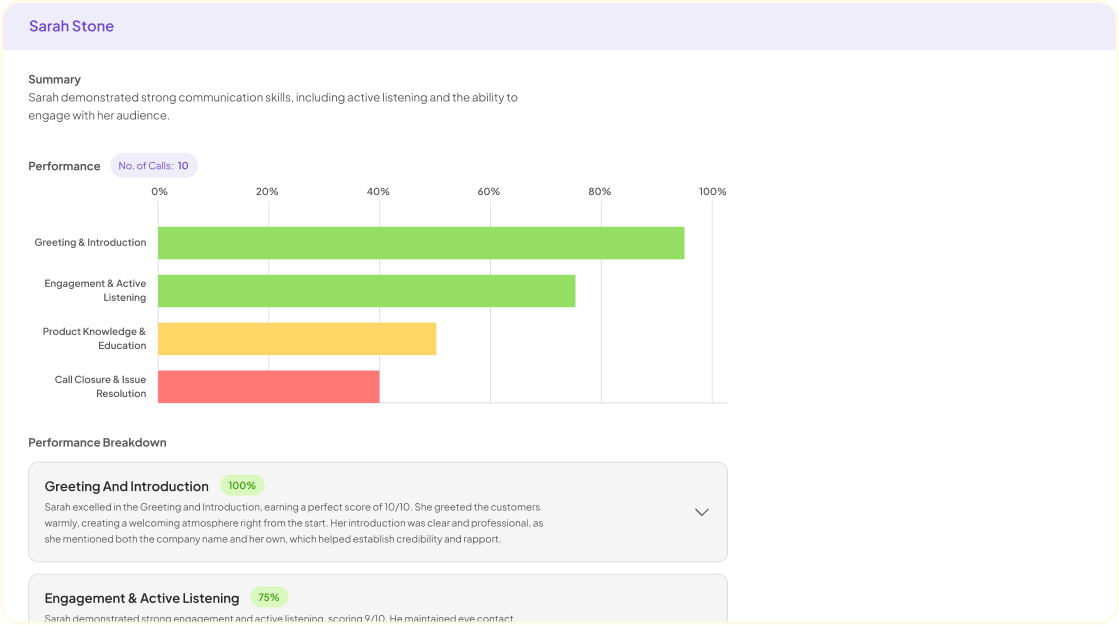In the rapidly evolving landscape of product development, the ability to effectively analyze qualitative data has become a cornerstone for success. Qualitative research, with its focus on understanding the nuances of customer experiences and preferences, is invaluable for organizations aiming to create products that resonate with their target audience. However, the process of analyzing this type of data can be time-consuming and complex. This is where artificial intelligence (AI) steps in, offering powerful tools to streamline and enhance the analysis of qualitative data.
The Intersection of AI and Qualitative Research
AI has the potential to transform qualitative research by automating the analysis process, thereby allowing researchers to focus on deriving meaningful insights rather than getting bogged down by the data. By applying data analysis in qualitative research with AI, organizations can quickly identify patterns, themes, and trends within large volumes of unstructured data, such as customer interviews, surveys, and feedback.
How AI Tools Facilitate Thematic Analysis
Thematic analysis is a widely used method in qualitative research that involves identifying, analyzing, and reporting patterns (themes) within data. AI tools can assist in this process by using natural language processing (NLP) to detect and categorize themes across different data sets. This not only speeds up the analysis but also enhances the accuracy and consistency of the findings.
Building User Personas with AI
Creating user personas is a critical step in understanding the target audience for a product. AI can help in this process by analyzing interview data to build detailed personas. These personas can then be used to tailor marketing messaging, optimize product features, and ultimately, create a more user-centric product.
💬 Ask About This Article
Have questions? Get instant answers about this article.
Customer Insights and Decision Making
AI tools are also instrumental in extracting customer insights from qualitative data, which can inform decision-making in the product development process. By analyzing customer feedback, AI can help identify opportunities for improvement and prioritize product features that will deliver the most value to users.
Scaling Research with AI
One of the challenges of qualitative research is the scalability of methods. AI can address this by enabling the analysis of larger data sets without sacrificing depth or quality of insights. This is particularly useful for organizations looking to conduct extensive market analysis or those operating in the B2B space where the volume of data can be substantial.
Choosing the Right AI Tools
With a myriad of AI tools available, it’s important to select the ones that best fit the organization’s needs. Factors to consider include the type of data being analyzed, the desired level of automation, and the specific goals of the research. Additionally, tools that align with the E-E-A-T principles will likely yield better search results and provide more valuable insights.
Conclusion
The integration of AI into qualitative research is not just a trend but a necessary evolution for organizations that are serious about product development. By leveraging AI, companies can gain deeper insights into customer needs and preferences, make more informed decisions, and ultimately create products that stand out in a competitive market. As we continue to witness advancements in AI technology, the potential for its application in qualitative research will only grow, paving the way for more innovative and user-centric product development strategies.
💬 Ask About This Article
Have questions? Get instant answers about this article.


